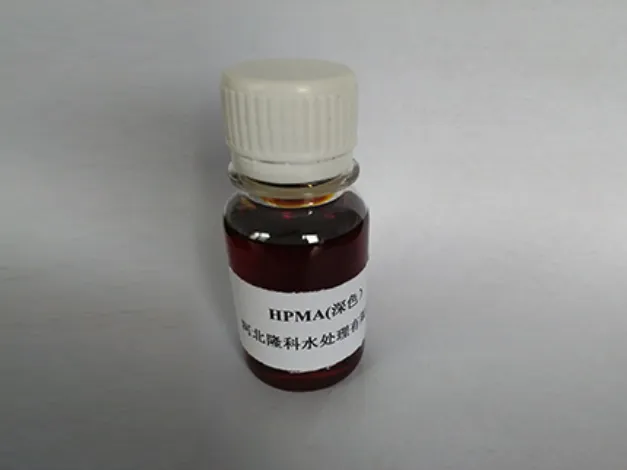Optimizing Poly Aluminium Chloride Usage for Effective Wastewater Treatment Solutions
Poly Aluminium Chloride in Wastewater Treatment An Overview
Wastewater treatment is a critical process designed to remove contaminants from wastewater before it is released into the environment or reused. One of the most effective coagulants used in wastewater treatment plants is Poly Aluminium Chloride (PAC). This compound, a type of aluminium salt, has gained traction due to its superior performance in removing impurities from water compared to traditional coagulants like aluminium sulphate.
Understanding Poly Aluminium Chloride
Poly Aluminium Chloride is a type of inorganic polymer produced by the chemical reaction of aluminium hydroxide and hydrochloric acid. It is frequently encountered as a white to yellowish powder and is highly soluble in water. The unique structure of PAC—a combination of polynuclear aluminium species—enhances its reactivity, flocculation, and sedimentation properties. It is also deemed to be more efficient at a lower dosage compared to other coagulants.
Mechanism of Action
The primary mechanism of PAC in wastewater treatment involves coagulation and flocculation. When PAC is added to wastewater, it reacts with negatively charged particles, neutralizing their charge. This is essential because many contaminants, such as organic matter and colloidal particles, possess negative charges that keep them dispersed in the water. Once the charge is neutralized, the particles aggregate, forming larger clusters known as flocs. These flocs are then easier to remove from the water through sedimentation and filtration processes.
Advantages of Using PAC
1. Higher Efficiency PAC exhibits superior coagulation performance at a lower dose compared to traditional coagulants. This results in decreased chemical costs and reduced sludge production, which is beneficial for the overall treatment process.
2. Wide pH Operating Range PAC is effective across a broad pH range (4.0 to 8.0), making it adaptable for various wastewater types. This versatility allows it to be used in different treatment scenarios, including municipal, industrial, and agricultural wastewater.
3. Enhanced Settling Properties The flocs formed with PAC have larger size and density, leading to faster sedimentation and better clarification of the treated water. This results in improved treatment efficiency and reduced load on downstream processes.
poly aluminium chloride in wastewater treatment

4. Lower Residual Aluminium Unlike aluminium sulphate, PAC leaves lower residual aluminium in treated water. This is crucial for meeting water quality standards, especially for sensitive applications such as drinking water supply.
5. Alumina Recovery PAC can facilitate alumina recovery in certain processes, making it a more sustainable option in comparison to other coagulants.
Applications in Wastewater Treatment
PAC is widely applicable in various wastewater treatment scenarios. It is frequently used in municipal wastewater treatment plants, enabling effective removal of turbidity, colour, and organic matter. The paper and pulp industry also employs PAC to clarify process waters, while the food and beverage sector utilizes it to treat wastewater containing high organic loads.
In addition to industrial applications, PAC is critical in treating agricultural runoff, where it helps to remove suspended solids, nutrients, and pathogens. Its application can prevent nutrient overloading in water bodies, making it an essential tool in environmental conservation efforts.
Challenges and Considerations
Despite its advantages, the use of Poly Aluminium Chloride is not without challenges. The optimal dosage must be carefully determined to avoid overuse, which can lead to excessive sludge generation and difficulties in dewatering. Furthermore, operators must monitor the treated water to prevent residual aluminium from exceeding permissible limits.
Conclusion
Poly Aluminium Chloride plays a vital role in modern wastewater treatment systems. Its ability to improve coagulation and provide efficient removal of contaminants makes it a preferred choice for many treatment facilities worldwide. As environmental regulations become stricter and the demand for clean water increases, the use of PAC is likely to grow further, solidifying its position as a key component in sustainable wastewater management practices. Its efficacy, coupled with economic benefits, positions PAC as an indispensable ally in the quest for cleaner, safer water for all.
-
Water Treatment with Flocculant Water TreatmentNewsJun.12,2025
-
Polymaleic AnhydrideNewsJun.12,2025
-
Polyaspartic AcidNewsJun.12,2025
-
Enhance Industrial Processes with IsothiazolinonesNewsJun.12,2025
-
Enhance Industrial Processes with PBTCA SolutionsNewsJun.12,2025
-
Dodecyldimethylbenzylammonium Chloride SolutionsNewsJun.12,2025





